
Despite being supplanted by the drive to apartment or townhouse living, many Australians still dream of a family home with a backyard.
Whether you’re buying to move in or as an investment, house and land packages, have many benefits and attractive features.
But in our experience, this property type is surrounded by a fog of confusion for many people. From two-part contracts to the practice of ‘price baiting, there are many pitfalls you ought to know about before you purchase a house and land package.
Land estates – from sub-division to masterplan
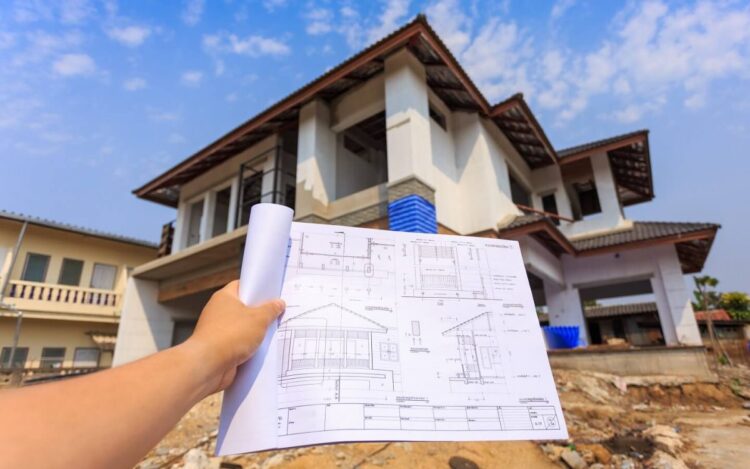
Generally speaking, house and land packages tend to be offered on land estates. These can variously comprise:
- small sub-divisions of around 10 to 20 plots of land in an established area;
- medium sub-divisions of about 100 plots, often on former farmland;
- to a ‘master plan’ community of a thousand blocks or more, with landscaped areas, schools, shops, or community centers.
A small subdivision is likely to be located in a long-established suburb with the essential amenities already available.
Medium sub-divisions, meanwhile, will typically not have the usual amenities immediately to hand. So it is advisable to do your homework to check out the nearest shopping centers, schools, and transport links.
A master plan community has all the amenities integrated at the planning stage. Therefore, you can be sure about what facilities will be accessible and know precisely where they are situated.
Be aware that all the amenities may not be ready on Day One if you buy in early. Prices may be a little less, but the trade-off is waiting for all the expected facilities to come on stream. Conversely, if you are late to the party by holding off until all the boxes are ticked, the price will increase. On the other hand, you have more convenience and certainty from the outset.
What is a ‘house & land’ package?
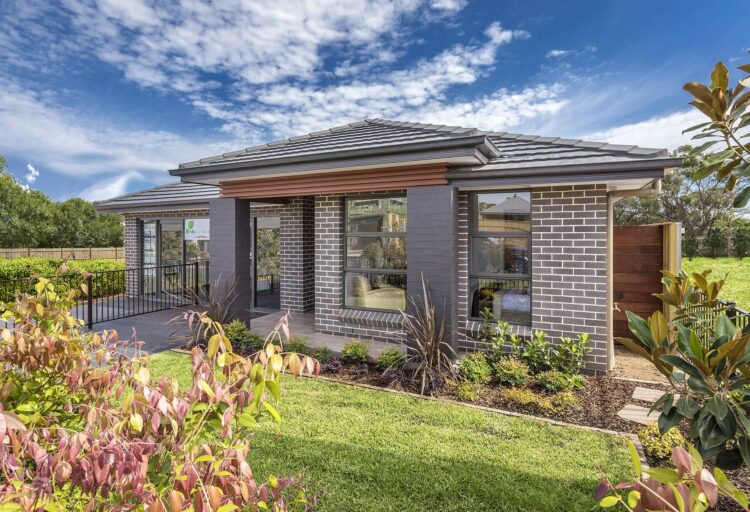
In a land estate, you have a couple of options. Firstly, you can purchase your plot or block of land and then self-build. This gives you more leeway to choose the house type, the builder, and any other features you may wish to include.
The second option is a ‘house and land’ package that includes the land and a ready-built house that you can move into immediately.
Buying a house and land deal is very different from that involved in purchasing an apartment or townhouse. Typically, here you will sign a contract, pay a 10% deposit, and then wait from two to five years for your property to be built. On completion, you then settle the balance outstanding.
For a house and land package, the purchasing contract comes in two parts. The first part is with the land developer to purchase the land and similarly involves a 10% deposit.
The second part of the contract is with the builder to purchase the house. This contract usually involves a 5% deposit.
Usually, the developer and the builder are two separate companies, with the developer laying out the design guidelines to the builder to follow.
How long will a ‘house and land’ deal take to complete?

Good question, around seven months, but this depends on the individual land estate. You could buy the land and pay immediately, and have local authority building consent within a month or two. With approval in place, you can proceed with the building.
However, all of the above hinges on when the necessary infrastructure like sewers and electricity becomes available on the land estate. Depending on when you buy in the project’s life cycle, you may have to wait between six months to two years for everything to be in place.
Land titles can only be registered when all the infrastructure is completed. Only after the title is registered can you settle up on the land, pay any related land costs, and seek local authority approval for your construction.
A single-level home will typically take between four to seven months to construct in five critical stages as follows:
- Foundations
- Frame
- Enclosure with windows and doors)
- Internal fixtures and fittings
- Completion
To finance a house and land purchase, buyers will usually secure a loan that covers purchasing the land and building their home. When it comes time to settle for the ground, the balance of the contract price and other related costs are released by your funder from the approved loan.
As construction commences, the builder will give you an invoice at each stage of the build, as outlined above. You are required to pay your part first – that is the difference between the outstanding build price and your loan amount. Then the bank will pay their portion towards each construction milestone.
What benefits are there to house and land packages?
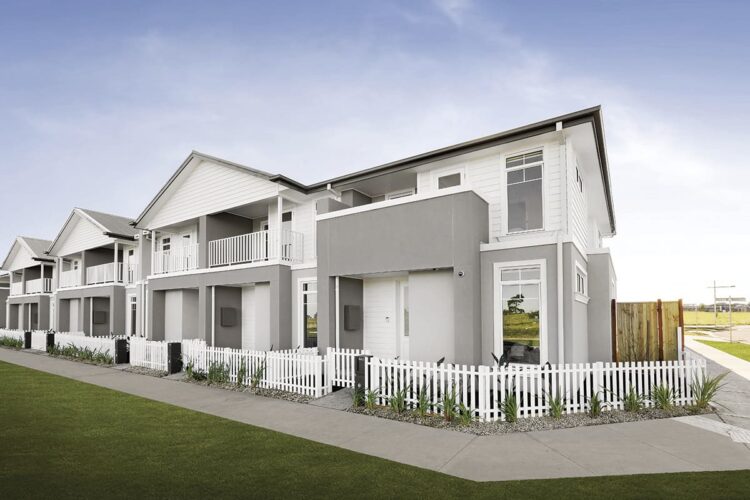
First-time buyers and people who are wishing to upsize find house and land packages very appealing. There are often government incentives for first-time buyers that are applicable for new build properties.
Meanwhile, upsizers view house and land deals as attractive as they are an excellent way to secure extra space for a growing family currently living in an apartment or townhouse.
For investors, the house and land deal makes a lot of sense if they wish to diversify their portfolios to rent out bigger properties to young families.
Furthermore, there may also be incentives relating to other land costs coming into play, such as stamp duty, which is payable on the land value, not the home.
In New South Wales, for example, a house and land package and a new apartment cost $700,000. However, with a house and land package, the stamp duty is $8972 based on the land value. Stamp duty on the apartment based on total value comes in at an eye-watering $26,932.
How to find a good house and land package
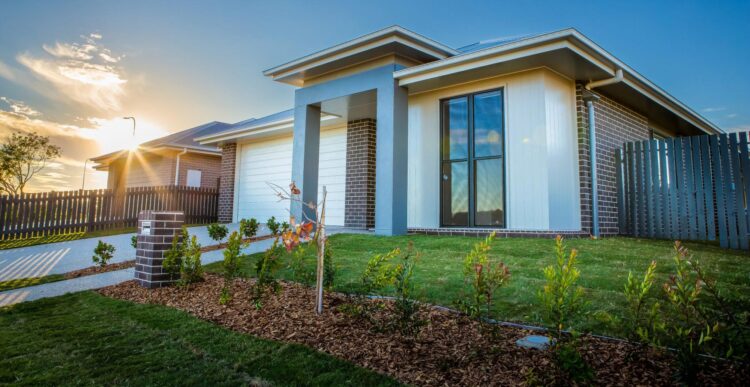
Based on our experience, finding the best house and land deal boils down to certain fundamental principles: location, access to transportation systems, retail, schools, and other quality facilities, such as parks and playgrounds for families with kids.
Location is often a deal-breaker, but in reality, it is often the case that two neighboring estates look and feel quite different in terms of quality.
The best estates are well-planned and designed for modern living. Some include a yearly ‘community fee’ of about $300 that pays for the upkeep of landscaping and gardens, resulting in a more pleasant and visually-appealing community. Good estates will attract owner-occupiers rather than buy to let investors.
So what are the key aspects to consider?
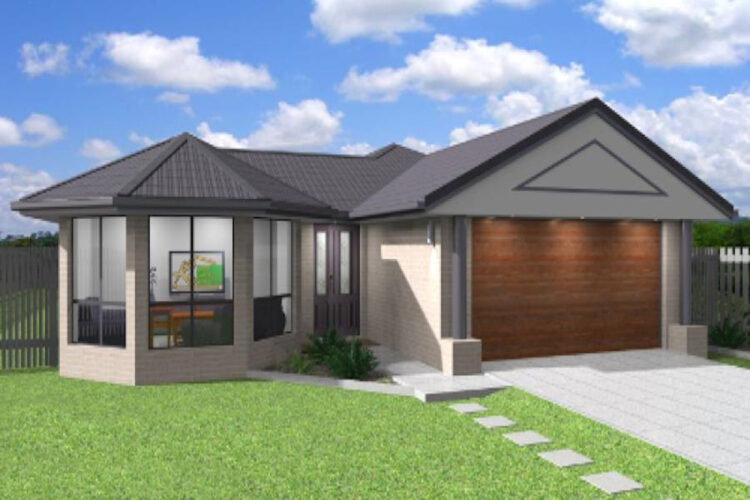
Price baiting
Often this involves attractive headline prices to catch your eye. However, the price is only bait and does not include a host of essentials such as flooring, landscaping, driveways, and fencing. The extras can easily add $100,000 onto the bill.
Ideally, go for a ‘turn-key’ deal, which is all-inclusive and move in straight away.
Are the land titles registered?
You will need to factor in lead time if the land is not yet registered and build-ready.
How long does construction take, and when will it start?
How soon can your builder start construction after your land settlement? What is the timeline for the build? Typically, the contract with the builder will state how long each stage of the build will take. Check that there are penalties payable if they overshoot these deadlines. Though, please note there will be clauses regarding adverse weather, etc.
‘Cut and fill’ costs
Check that any costs involved in leveling your plot of land are included in the building contract. Some builders don’t, and this can add $10,000 or more to the cost.
Build price
Be sure to drill down through quotations. Cheapest is not always best. Check what you are paying for, and any exclusions and assumptions that are being made. It may prove worthwhile paying a bit more for quality control and having someone on-site overseeing the build.
Cashflow during the build
Bear in mind that when you settle the land bill, your land mortgage kicks in. You are paying for each stage of construction, and interest and local authority rates may be applicable. Be sure to factor all this in, and have the cash to cover all these ongoing expenses. Remember, you will be saving money on stamp duty, and interest on your mortgage is tax-deductible.
The track records of the developer and builder
Research both their reputations to ensure they consistently deliver on promises. Take a look at their other estates to get a feel for their quality and attention to detail. Research the builder to get an idea if they have a long proven track record of successful house builds. One example is a Bellriver Homes, whose team is meticulous in their due diligence to ensure that buying a home or house and land package is as straightforward and pain-free as possible.
If you want to know more about curated house and land packages please visit this link.











